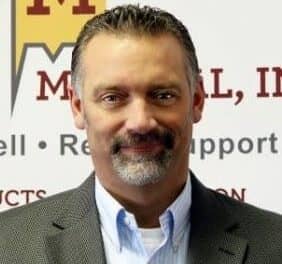Using data collected anonymously from its client hospitals, Excel Medical Electronics has found striking evidence of the scope of excessive clinical alarms, Paul McGurgan said in a presentation at the 2015 annual meeting of the California Medical Instrumentation Association on January 17 in San Diego. McGurgan is the national program director of alarm fatigue initiatives at Excel. In his talk, “Using Data to Address the Alarm Safety Issue,” McGurgan reported that at one hospital, more than 1 million patient monitor alarms were triggered in just one month.
Looking at the incidence of triggered alarms on the departmental level also produced some startling numbers. In the case of a 12-bed CICU, in 1 month, more than 200,000 patient monitor alarms were triggered. Of those alarms, McGurgan said, 83% were system level, and just 3% were critical.
McGurgan referred his audience to a study published in November 2014, led by Barbara Drew, RN, PhD, of the UCSF School of Nursing. Sponsored by GE Healthcare, the 31-day study encompassed 77 beds for 461 patients and recorded 2.5 million alarms. The researchers found an 89 % false-positive rate from the 12,671 alarms that were annotated. The most common causes they found the false positives were inappropriate alarm settings, persistent atrial fibrillation, and clinically nonactionable events such as PVCs.
The clinical alarm data McGurgan described is collected by Excel Medical Electronics from hospitals using the company’s AlarmNavigator software to analyze their clinical alarms from patient monitors. McGurgan noted that the use of the software, which was introduced in 2013, did not really pick up until “the Joint Commission started holding hospitals’ feet to the fire.” Prior to implementation of the National Patient Safety Goal on clinical alarms, he said, “there was no motivation to collect data.”
The AlarmNavigator software currently is used only with patient monitors, McGurgan said. The company is waiting to see what market demand is for alarm tracking for other types of devices, like ventilators, he added.



